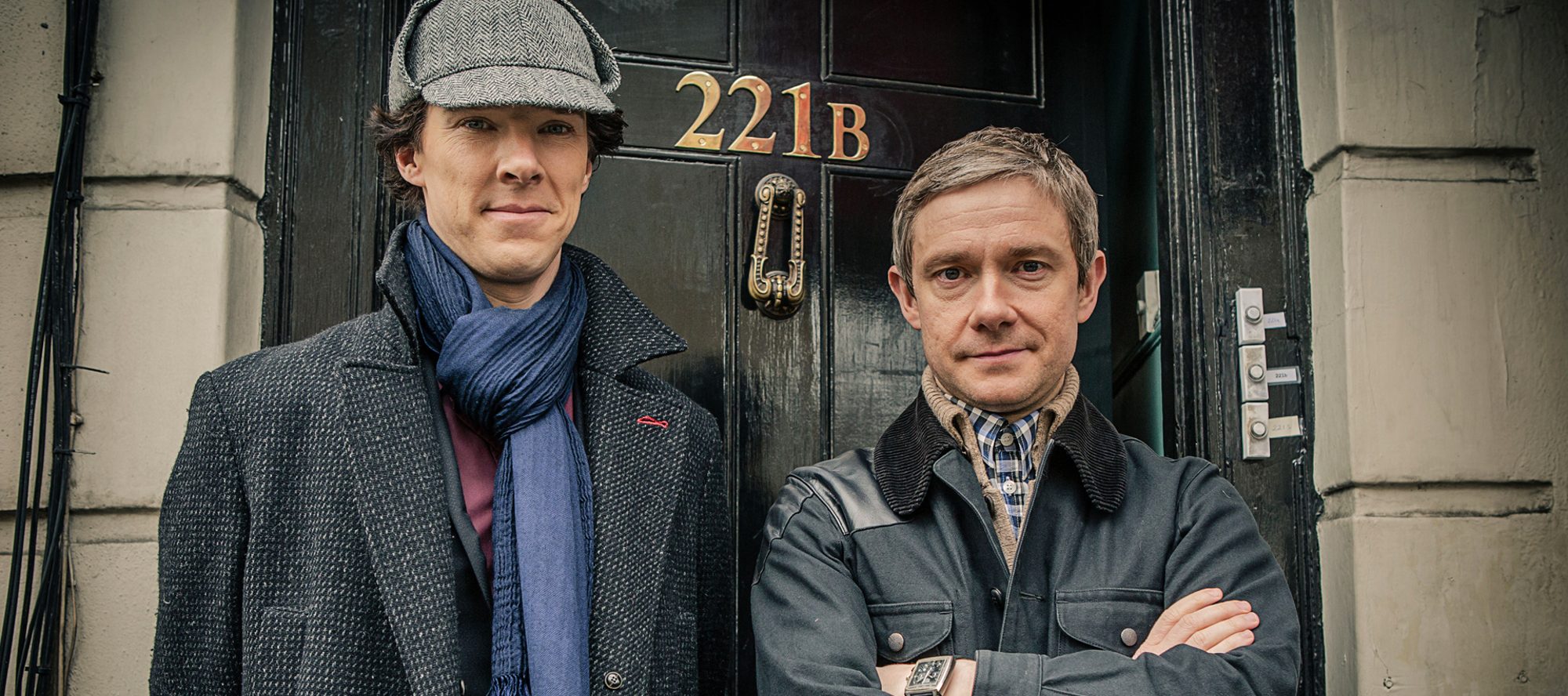Yesterday I finished watching Sherlock. It really is a fantastic TV series. It was my procrastinator go-to series and I think I learned a lot from it. Kidding. Well actually, come to think of it, I got inspiration not from Sherlock, but from his friend, John Watson. In the series, Dr. Watson has a blog that he keeps up to date with all of the adventures he and Sherlock have been on. It seemed quite a simple process to set up and after a bit of day dreaming, I thought it would be a good idea to start my own simple website, which would house all of my journal entries along with a gallery for all my photos.
However this idea quickly turned into something much bigger. I decided it would be a good idea to have a full-fledged website that incorporates blogs, galleries, videos, links to online tools and other websites, tutorials, all mission reports and all planning documents or any documents for that matter. Basically the idea was for the website to house my entire project, which anyone could access and be able to copy my footsteps exactly.
The first step I took was to get my website registered. I chose the name spaceblog.co.za for my domain, as it is a blog to do with space…
The .co.za extension was the cheapest option by far, which is why I didn’t go for the .com or .org. Now that my website was registered, it was time to get building.
I decided to use WordPress to build the website, as it was supposed to be quick and easy. However I soon found out that the WordPress features were actually quite limiting in what I wanted to do, and the only workaround would be to install plugins. This is not what I wanted at all, as the plugins are usually quite big and bulky and slow down the webpage quite a bit. This is the one problem with WordPress, so I decided to try and code the website from scratch.
I visited an online school called w3school.com, which was quite helpful and got me on my way. However I soon hit a snag. The devices of today do not sit on desktops anymore, but rather in our pockets, which is what I forgot when building the site. I was building a website for desktop computers and laptops, which usually look horrible on mobile devices. This was a problem as it would mean more work to make it mobile friendly.
However, after a bit of research, I found something called Bootstrap. Bootstrap is a free and open-source front-end framework for designing websites and web applications. This framework makes building websites for mobile a lot easier, as it is able to recognize the device size and adjust the content accordingly.
After learning about Bootstrap, I incorporated its code into mine, but soon found out that I actually had to start the entire thing from the beginning, as it is incredibly hard to build a website for desktop, and then try make it mobile friendly. Today websites are designed and built with a “mobile-first” approach, meaning that coders often first build a website for a mobile device and then for larger screens. The reasoning behind the ideology is that the hardest should be done first, and then the easier should fall into place afterwards.
So now I have to start over, although it is not as hard as I thought it would be. I am copying a template I found on WordPress, but enhancing it so that it can do what I want.
I don’t think I’ll be done for a while, as I need to wait until the end of term to start properly, and I’ll probably be working on other aspects of the project in the meantime and in the holidays, so I might only get it up by the end of the school holidays.
However, I am not worried, as my dad does coding professionally, so he may be able to help me if I get stuck with something, which I hope won’t happen, but who knows.
Once the website is live I will post it on social media platforms, so that people will know about it, and I’ll also sign up for Google Analytics, which will register my site with Google and will give me information on who visits it.
I will put the website to rest now, and I’m going to focus on the cameras, as those are the most pressing concern right now.





